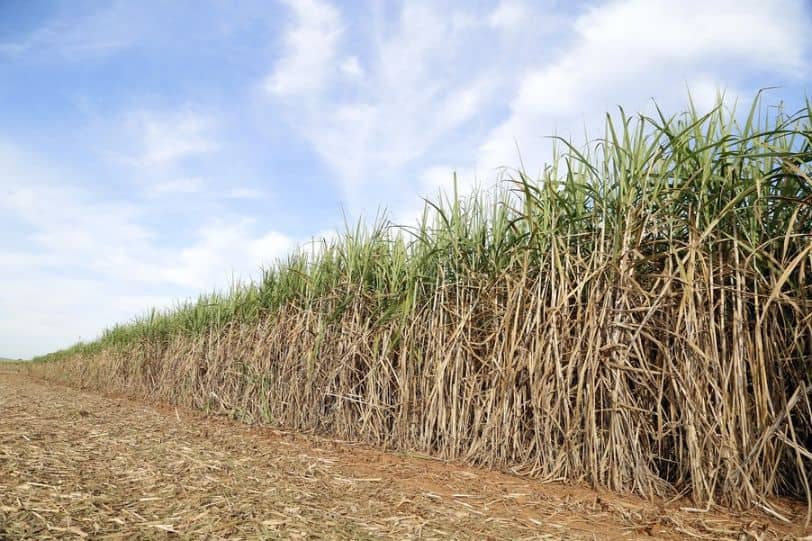It is almost ironic to observe that the anhydrous ethanol production data, the only ones with a positive growth vector in the period and the season, contrast with the recent statements from the presidency of the Republic about a possible reduction in the blend of anhydrous ethanol with gasoline, which is currently around 27.5%. There is still no date or direction about the new percentage, whose minimum level set by law is 18%. Even so, political will already exists, with ample historical precedents on the part of the biodiesel sector, which has already faced two interventions. Therefore, besides the critically depressed demand for hydrated ethanol, the sector must also cope with possible new negative impacts on anhydrous ethanol sales.
In turn, it was possible to notice that the data for the first half of September are already clearly distancing themselves from the season’s production peak. Yet, if there are strong declines for the period, they must occur in the second half of the month, as only three mills ended their activities in September, with another two in the previous month, totaling only 5 mills out of the market so far, as described in the textual part of the Unica’s report. This is one less reliving factor for the outlook for price support since supply is falling in a slow to moderate way rather than exponentially, as expected for the period. Besides, the anhydrous ethanol reduction effectively rules out the prospect of significant price gains next off-season.
In the margin, the decline in the cane crush reached almost 11% in the first half of September, which brought down the sugar supply by almost 14% in the same period and that of hydrated ethanol by almost 11%. The anhydrous ethanol supply also decreased in the margin, but much less than other derivatives, by only 7%. In the annual comparison, the declines are even sharper, of nearly 14% for cane crush, 20% for sugar production, and 25% for hydrated ethanol production. Only anhydrous ethanol has positive vectors this year, by almost 18%.
Once again, the ‘bitter taste’ for the sector is the irony that is shaping up for anhydrous ethanol, the only product with strong demand and high supply, and which now, probably, must have its market discouraged by the government, which is acting out of political interest in the upcoming elections. In terms of production mix, there was a small change in the proportion of cane bound for ethanol, which rose from 53% to 55%, while sugar dropped from 46% to 44%. The highlight deserves to be mentioned because, since early May, the mix levels for ethanol have fluctuated between 52% and 53%, with the new growth to the current level of 55% being a movement well above the average that has been seen for this season and, most likely because of anhydrous ethanol, once again left aside by the government in its most recent statements.
SAFRAS Latam

